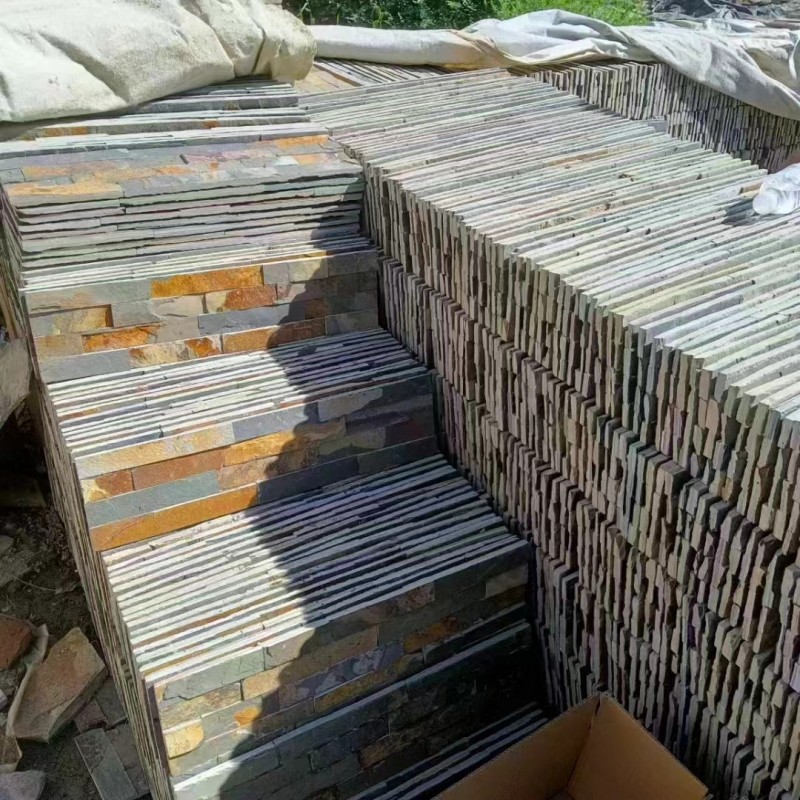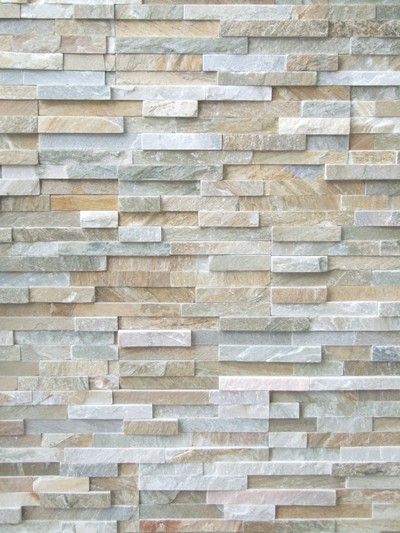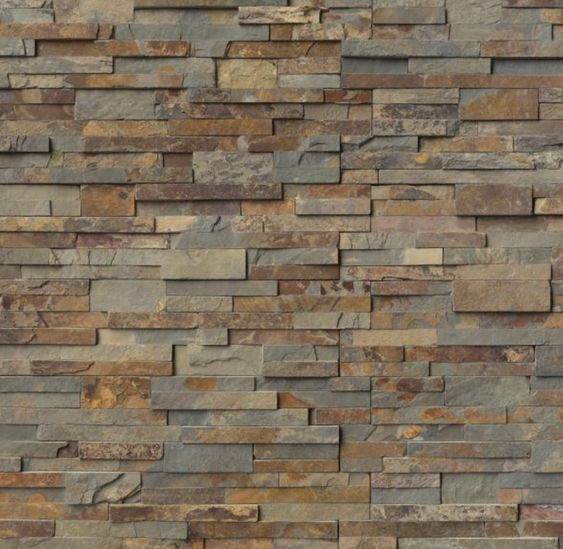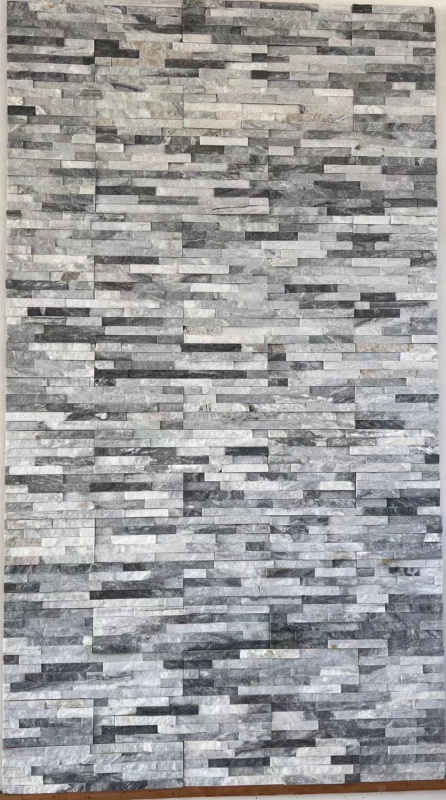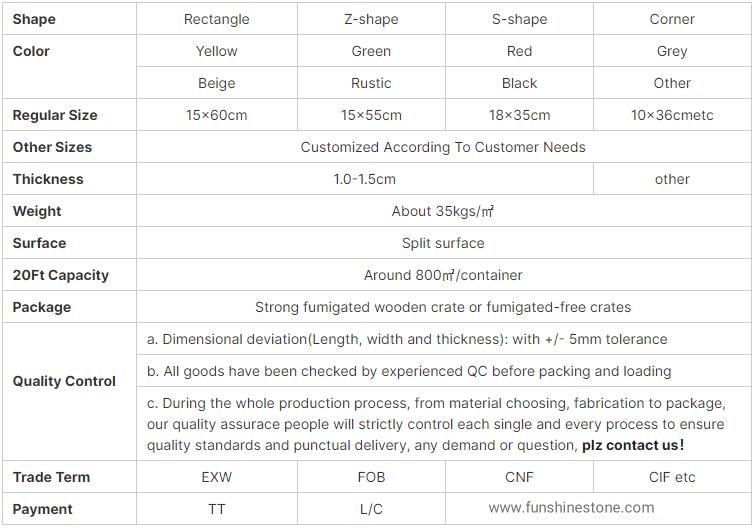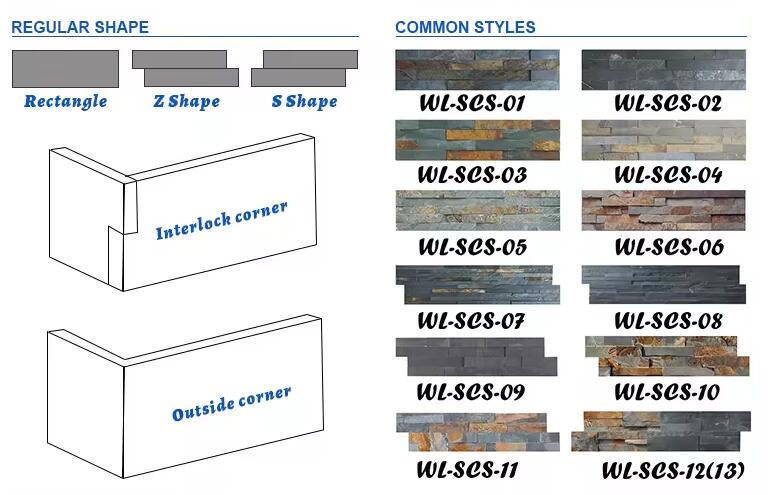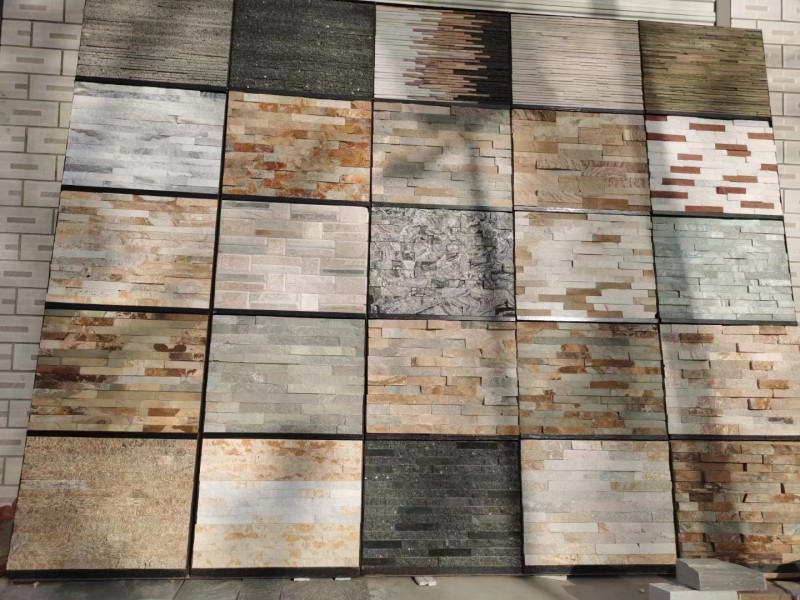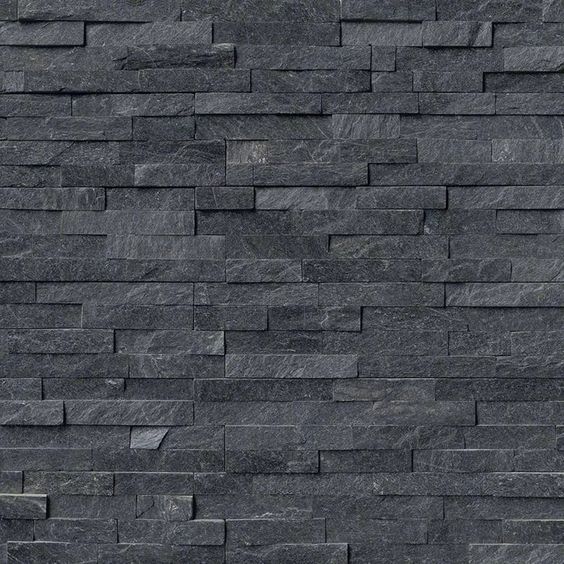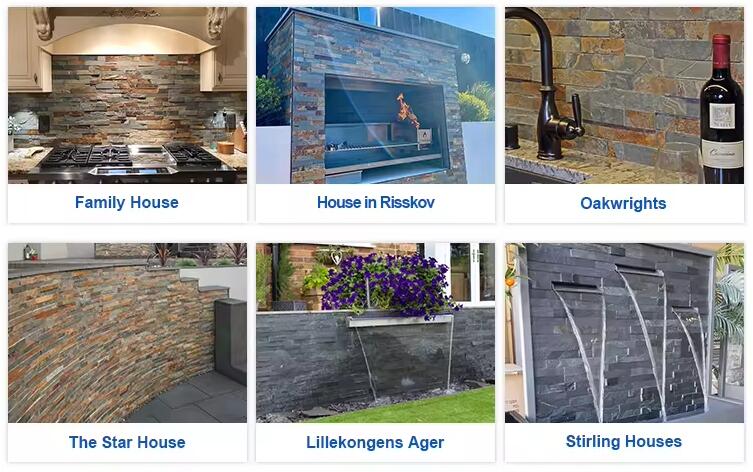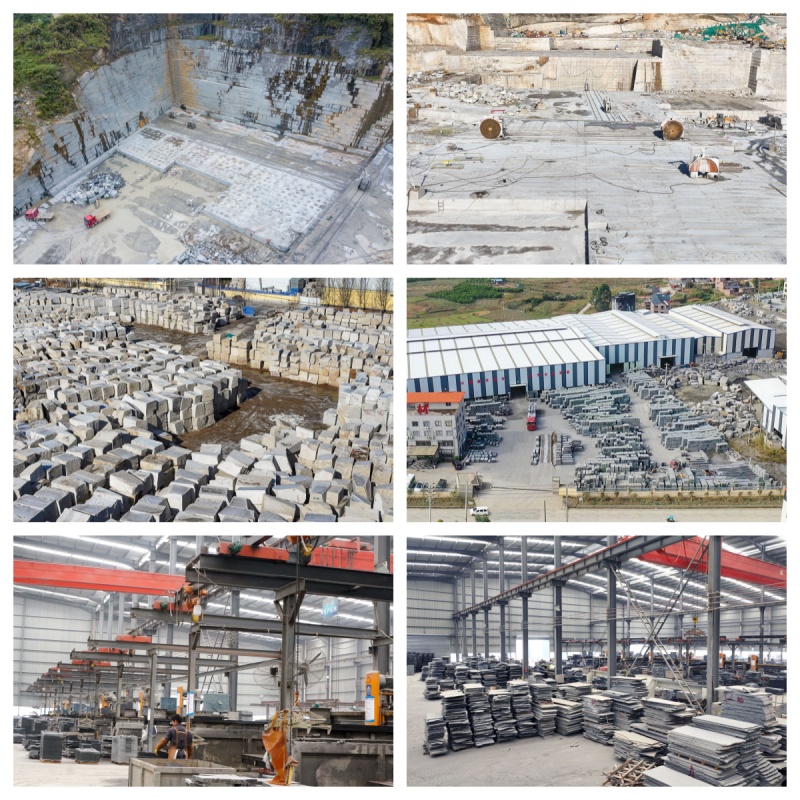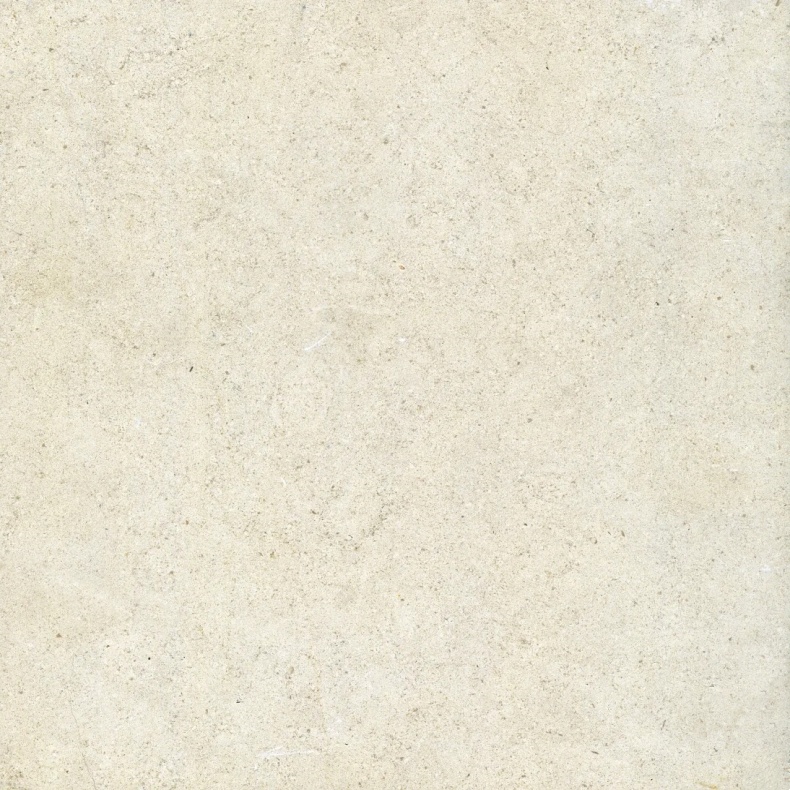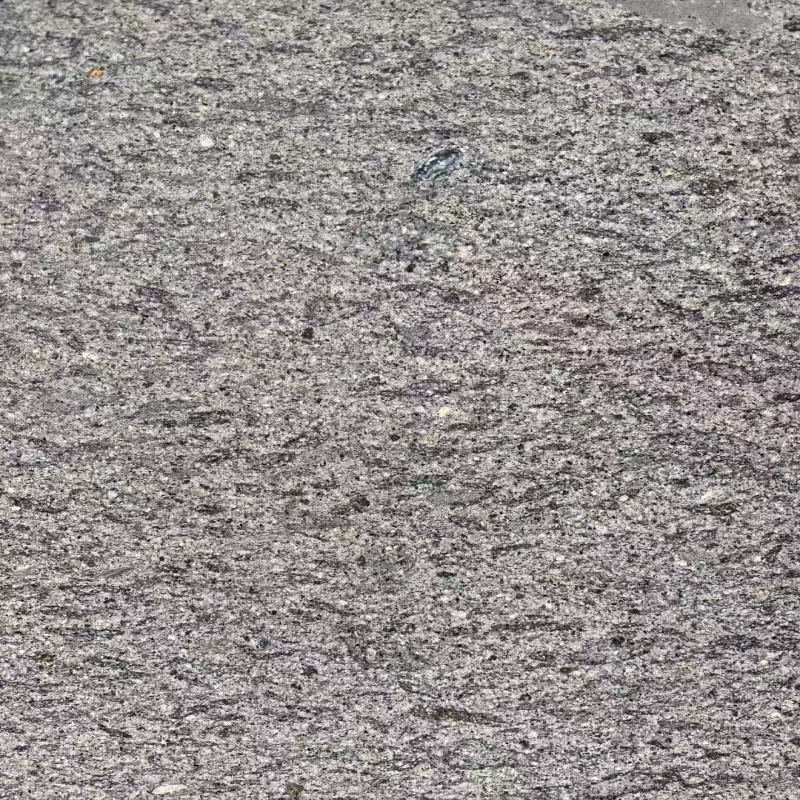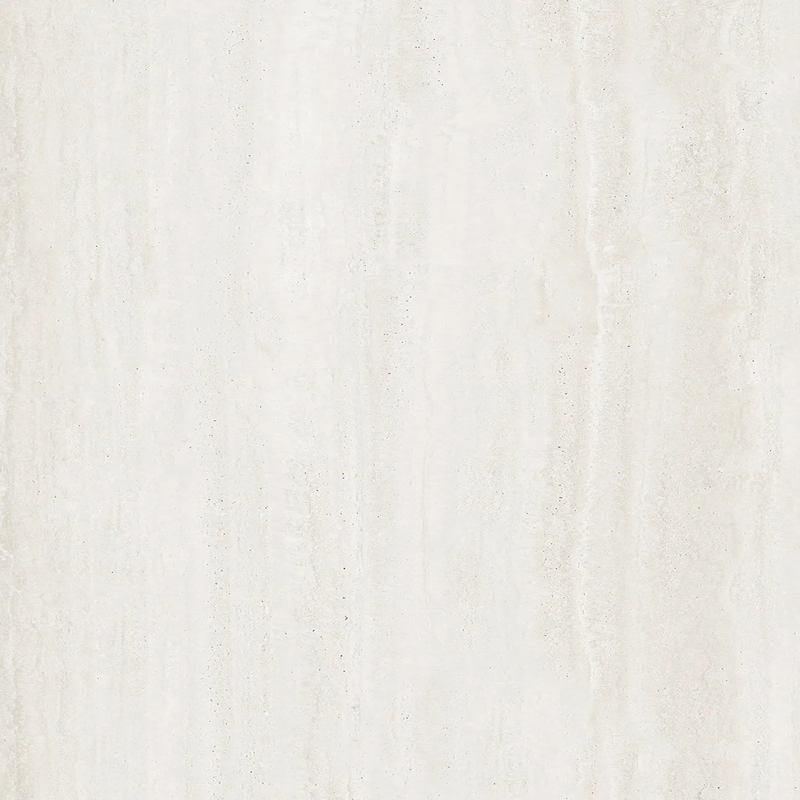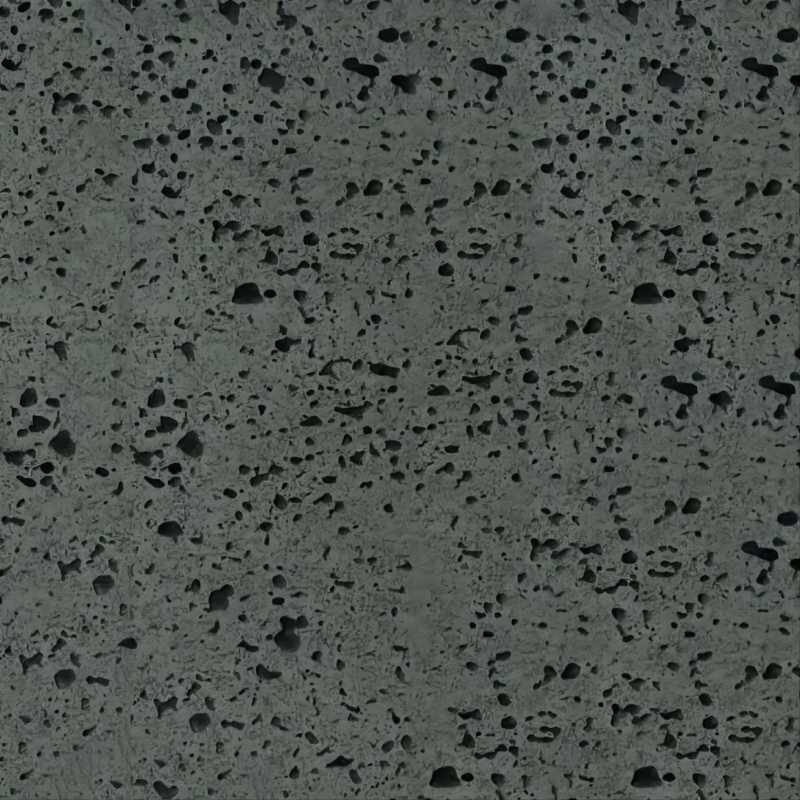Stacked Stone
Share:
DESCRIPTION
Description
Stacked Stone made by natural Slate or quartzit,which is a rock with a plate-like structure and basically no recrystallization. It is a metamorphic rock. The original rock is muddy, silty or neutral tuff, which can be peeled into thin slices along the direction of the plate. The color of slate varies depending on the impurities it contains.
Stacked stone built from natural slate or quartzit in a variety of colours including grey and black. It is utilised for fireplace surrounds, backsplashes, facades, and wall cladding.
Stacked Stone are panels made from slate and quartzit, a fine-grained metamorphic rock that is characterized by its natural texture, durability, and various colors like rusty,grey and black.
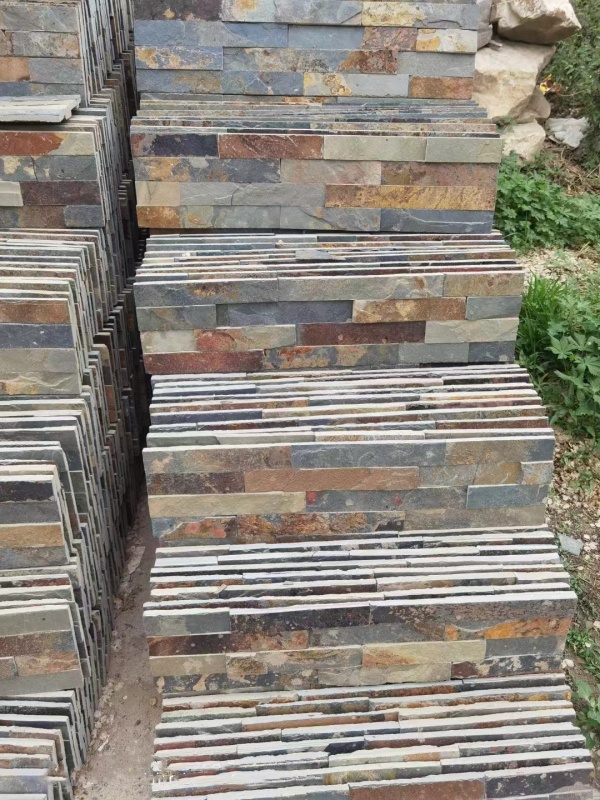
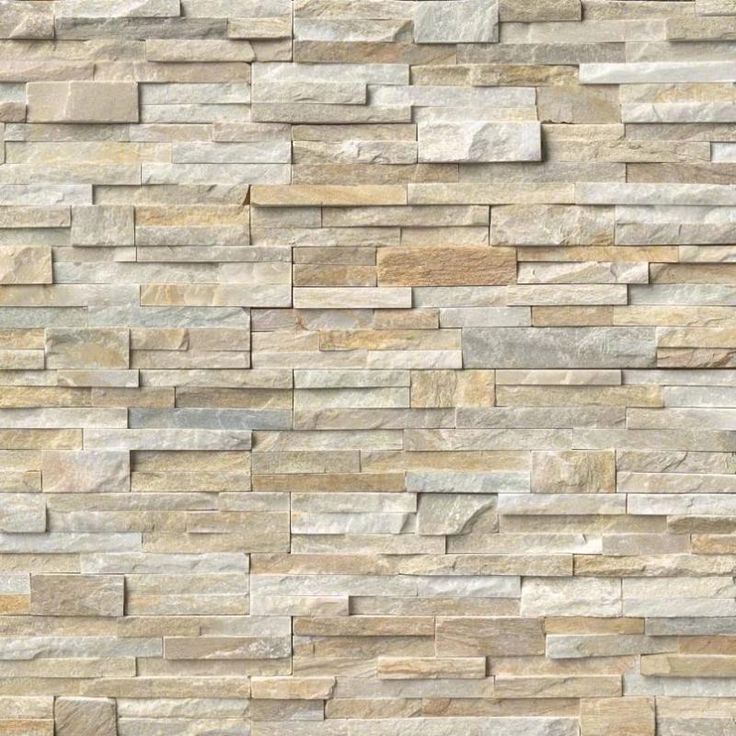
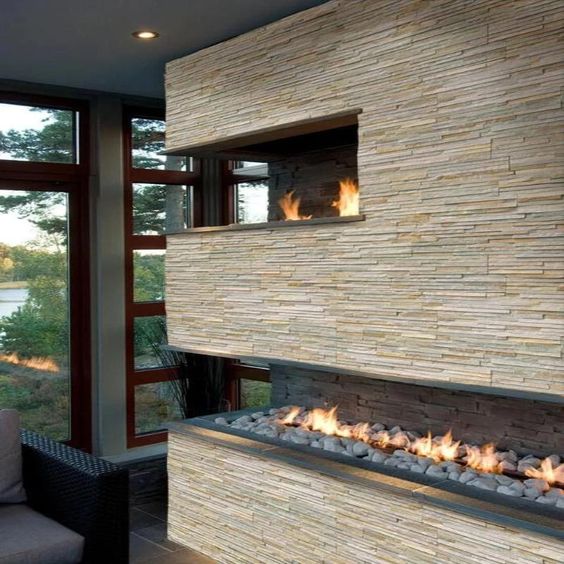
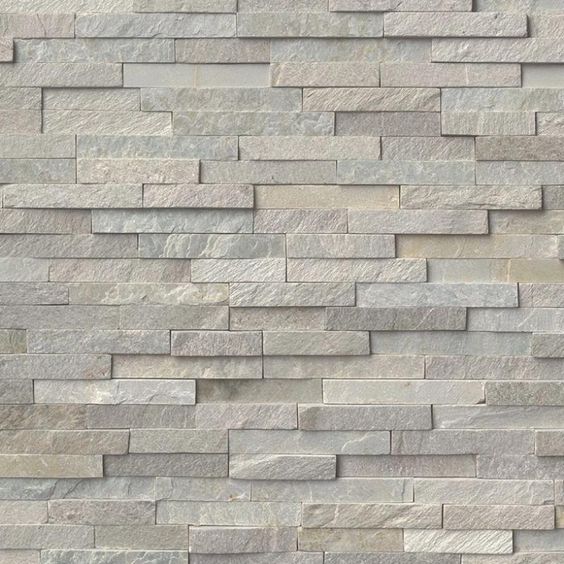
FAQ:
What’s the application of Stacked Stone ?
Stacked stone, also known as stone veneer panels or stone cladding, refers to thin slices or panels of natural stone that are designed to mimic the appearance of stacked natural stones. These veneers are used primarily for decorative purposes and have several applications in both residential and commercial settings:
- Interior Accent Walls: One of the most common applications of stacked stone veneer is creating accent walls in interior spaces. The textured and rugged appearance of the stone adds depth and visual interest to living rooms, bedrooms, dining areas, and entryways.
- Fireplace Surrounds: It’s often used to create stunning fireplace surrounds and mantels. It provides a rustic and cozy atmosphere, enhancing the focal point of the room.
- Kitchen Backsplashes: In kitchens, stacked stone veneer can be installed as a backsplash behind stoves and countertops. It adds a touch of natural beauty and complements various styles of kitchen décor.
- Exterior Facades: It’s also used to enhance the exterior facades of buildings. It can be applied to portions of the exterior walls to create a distinctive look that combines natural elements with architectural design.
- Garden Walls and Landscaping: In outdoor spaces, stacked stone veneer is used to construct garden walls, retaining walls, and decorative landscaping features. It provides a durable and aesthetically pleasing alternative to traditional brick or concrete.
- Columns and Pillars: Stacked stone veneer can be applied to columns and pillars, both indoors and outdoors, to create a solid and elegant appearance. This application is common in entryways, patios, and garden structures.
- Water Features: The natural beauty of stacked stone veneer makes it ideal for incorporating into water features such as fountains and ponds. It can be used to create cascading water walls or to clad the sides of water reservoirs.
- Commercial Spaces: In commercial settings such as hotels, restaurants, and retail stores, stacked stone veneer is used for feature walls, reception areas, and other decorative elements to create a welcoming and upscale environment.
How to install stacked stone veneer?
Tools and Materials Needed:
- Stacked stone veneer panels
- Mortar or adhesive suitable for natural stone
- Mortar mixing paddle and bucket
- Notched trowel
- Level
- Tape measure
- Grout bag or pointing tool
- Masonry saw or angle grinder (for cutting stone)
- Safety glasses and gloves
- Sponge and bucket of water
- Drop cloths or plastic sheeting (to protect surfaces)
Step-by-Step Installation Process:
- Prepare the Surface:
- Ensure the surface where you’ll be applying the stacked stone veneer is clean, dry, and structurally sound. Remove any dust, dirt, or loose particles.
- If applying over drywall or wood, it’s recommended to use a cement backer board as a substrate. Secure the backer board to the wall studs using screws.
- Plan the Layout:
- Measure the area where the stacked stone veneer will be installed and plan the layout. Dry-fit the panels on the wall to determine the best arrangement and ensure the pieces fit together well.
- Mix the Mortar:
- Follow the manufacturer’s instructions to mix the mortar or adhesive in a bucket using a mortar mixing paddle. Consistency should be similar to peanut butter.
- Apply Mortar to the Wall:
- Use a notched trowel to apply a layer of mortar onto the substrate. Work in small sections, starting from the bottom and working upwards.
- Create horizontal grooves in the mortar with the notched side of the trowel to improve adhesion.
- Install the Stacked Stone Veneer:
- Press the stacked stone veneer panels firmly into the mortar bed, starting from one corner or edge and working across and upwards.
- Wiggle the panels slightly to ensure good contact with the mortar. Use a level to check that each panel is straight and level as you go.
- Cutting and Fitting:
- Use a masonry saw or angle grinder equipped with a diamond blade to cut the stacked stone veneer panels as needed to fit around corners, outlets, or other obstacles.
- Dry-fit each piece before applying mortar to ensure a proper fit.
- Grouting (Optional):
- Once all panels are installed and the mortar has set (usually 24 hours), you can optionally fill the gaps between the stones with grout using a grout bag or pointing tool.
- Wipe off excess grout with a damp sponge before it hardens.
- Clean Up:
- Clean any excess mortar or grout from the face of the stones with a damp sponge while it is still fresh.
- Allow the installation to cure completely according to the mortar manufacturer’s instructions before exposing it to moisture or heavy use.
Tips for Success:
- Work methodically and in small sections to ensure the mortar doesn’t dry out before you can apply the stone.
- Keep the joints between stones consistent for a professional look.
- Protect adjacent surfaces and floors with drop cloths or plastic sheeting to catch any mortar or grout drips.
- Follow safety precautions when using power tools and handling heavy stone panels.
By following these steps and tips, you can achieve a beautiful and durable installation of stacked stone veneer that enhances the aesthetic appeal of your space.
Why Opt For Xiamen Funshine Stone?
- Our design consultation service at Funshine Stone gives our customers peace of mind, high-quality stone, and professional guidance. Our expertise lies in natural stone design tiles, and we offer comprehensive “top to bottom” consulting to realize your idea.
- With a combined 30 years of project expertise, we have worked on a vast array of projects and established enduring relationships with numerous people.
- With a huge assortment of natural and engineered stones, including marble, granite, bluestone, basalt, travertine, terrazzo, quartz, and more, Funshine Stone is pleased to provide one of the largest selections available. It is clear that our use of the best stone available is superior.







